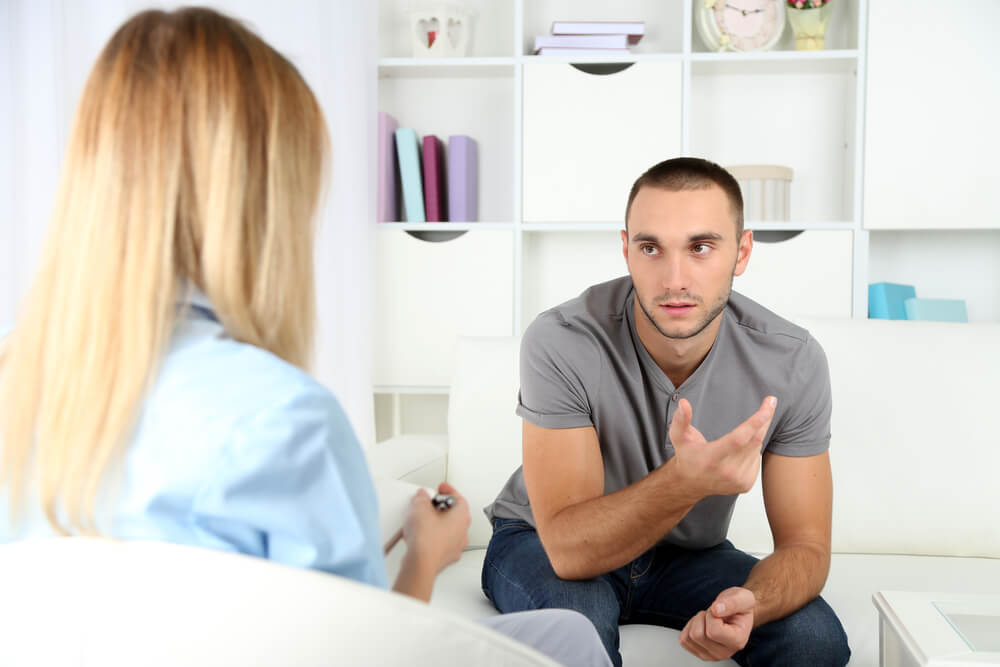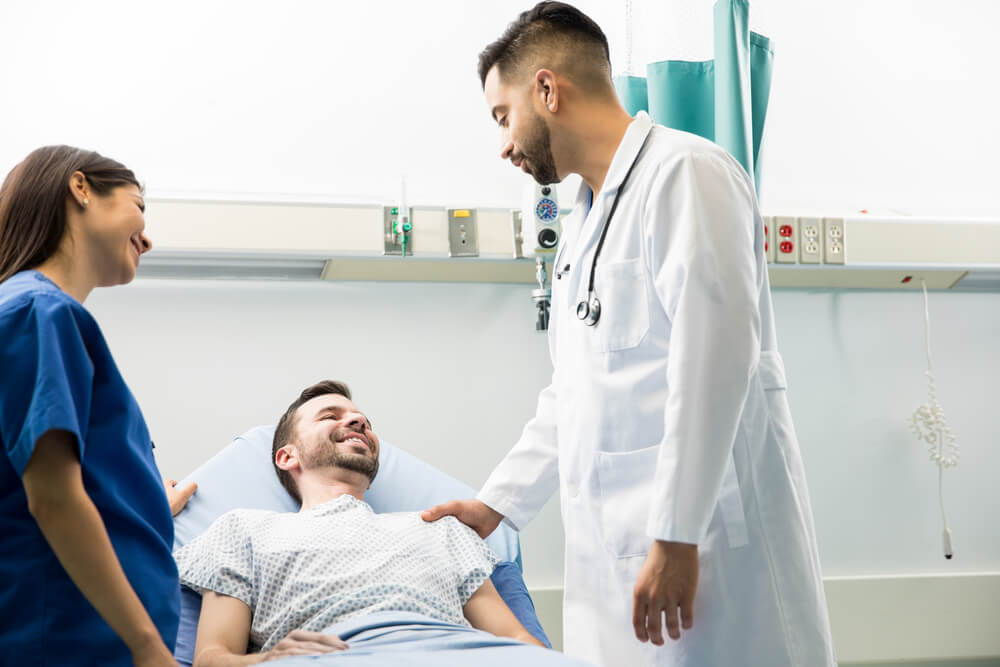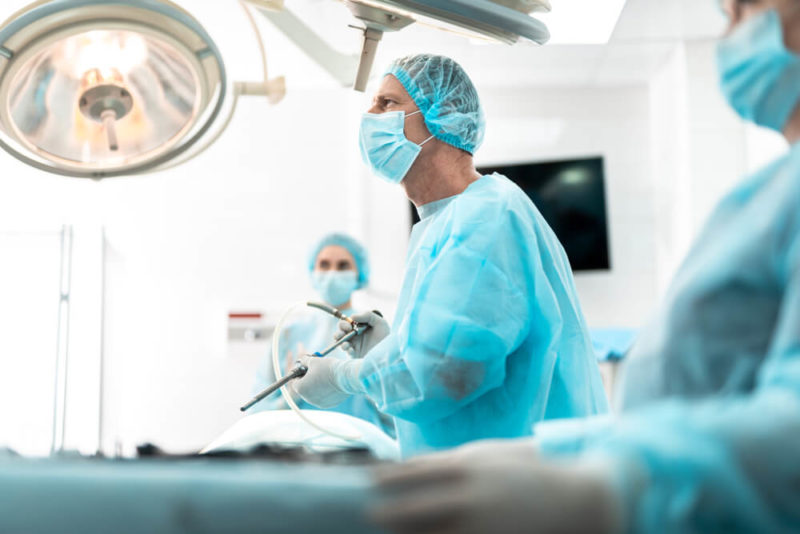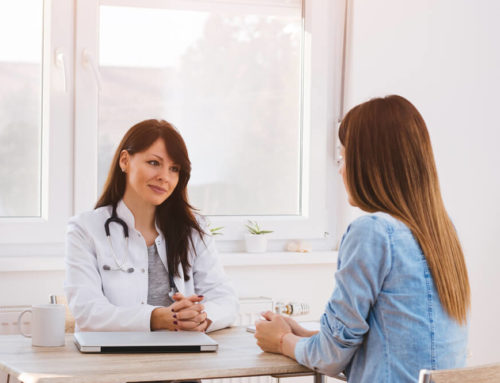Laparoscopic surgery or laparoscopy is used to examine and diagnose the inside of your abdomen, particularly the pelvic area. During the surgery, the doctors will insert a long, thin tube connected with a high-resolution camera inside your body to have a look at your organs. Laparoscopy allows the doctor to view everything in real-time, which greatly helps to speed up the diagnosis process. The doctor will be able to take biopsy samples as well. Since it usually involves general anesthesia, laparoscopic surgery is completely painless, and it’s often necessary to diagnose the causes of abdominal pains and various diseases.
Of course, performing laparoscopy is not always necessary. In many cases, abdominal problems can also be diagnosed with a CT scan or even an ultrasound. Keep in mind, however, that laparoscopy is a far more precise diagnostic method.
When Is Laparoscopic Surgery Necessary?

In some cases, laparoscopy will help the doctor understand what exactly you are suffering from. Laparoscopy may be used to inspect many different organs, including:
- Abdomen
- Liver
- Pancreas
- Gallbladder
- Stomach
- Pelvis
As mentioned, laparoscopy will speed the diagnostic process up, and the earlier you receive your diagnosis, the better the chance that the treatment will work. It needs to be noted that laparoscopy can be used to diagnose many serious illnesses, including some types of cancer. During the surgery, the doctor may look for tumors or fluids or check the effectiveness of certain types of treatment.
Sometimes, the doctor will be able to perform an intervention or start the treatment immediately after confirming your diagnosis.
How to Prepare for an Abdominal Laparoscopy?
It’s crucial that you tell the doctor about any medications you’ve been regularly taking so far; make sure to report both over-the-counter and prescription meds. It might be necessary to change the dose of these medications, as some meds might affect laparoscopy results or the laparoscopic surgery recovery time. Some of such drugs are:
- Anticoagulants
- Certain vitamins, most importantly Vitamin K
- Herbal and dietary supplements
- Nonsteroidal anti-inflammatory drugs
If you are pregnant (or suspect you might be), you should definitely inform your doctor as well.
Roughly eight to 12 hours before the surgery, you’ll need to avoid eating and drinking. It’s also recommended to have a family member or friend drive you back home from the hospital. You most definitely should not drive on your own considering potential pain after laparoscopic surgery and drowsiness from the anesthesia.
Main Risks of Laparoscopic Surgery
In general, laparoscopy is very safe. When you’re in the hands of the best doctor for laparoscopic surgery, you have nothing to worry about. But, as with any other medical procedure, there are certain risks that could affect laparoscopic surgery recovery. These include bleeding, fever, and infections. The good news, however, is that this happens very rarely. Most of the time, laparoscopy does not cause any complications.
In case something does happen, contact your doctor immediately. Pay attention to:
- Fever or chills
- Abdominal pain, especially if it becomes more intense over time
- Persistent cough and shortness of breath
- Nausea and vomiting
- Lightheadedness
- Inability to urinate
There is also a small risk of your internal organs being injured during the surgery or a blood clot forming and traveling to your lungs, legs, or pelvis. Once again, this happens very rarely, so don’t lose your sleep over this. If there are reasons to believe that in your particular case performing laparoscopy may carry unnecessary risks, the doctor will choose another diagnostic method instead.
It’s essential that you listen to your doctor’s advice when it comes to both pre- and post-procedure practices if you wish to speed up the laparoscopic surgery recovery time or wonder how long after laparoscopy you can exercise again.
Laparoscopic Surgery Recovery Process

The majority of patients get discharged from the hospital the very same day they are admitted. Of course, before you’re allowed to go home, the doctor will need to monitor your vital signs for a short while (a couple of hours) to make sure there aren’t any complications. Very rarely, you will be asked to stay in the hospital overnight.
It’s only normal to experience moderate pain after laparoscopic surgery for a few days in the areas where incisions were made. The sensation shouldn’t last very long. What’s more, all the negative effects of the procedure and pain after laparoscopic surgery should disappear within a few days. However, if you’re struggling, you may ask your doctor to prescribe you some painkillers.
How Long After Laparoscopy Can You Exercise?
Laparoscopic surgery recovery has no set rules, especially when it comes to physical activity. Also, laparoscopic surgery recovery time depends on the individual. Obviously, you shouldn’t rush with resuming your regular daily activities and workout sessions. While you should definitely not lie in bed all day, make sure to take things slow for the first two weeks after the procedure. For instance, your doctor will probably tell you to restrict your driving and explain how to bathe properly. It would be best to refrain from sexual intercourse during this time as well.
Just like with any recovery, you should up the level of your physical activity gradually. You might be very keen to learn just how long after laparoscopy you can exercise, but there’s no definitive answer. It’s important to listen to your own body, take time to rest and heal, and only start engaging in workout sessions once you feel healthy and mobile again.
You will definitely have follow-up appointments with your doctor after the surgery, so don’t forget to inquire about their take on your recovery process in regards to getting physically active again.
Wound Care
There’s no need to use any special ointments or creams as long as you make sure your wound is clean and dry. Typically, the doctor will close the incisions with a suture under the skin, which then slowly dissolves. Topically, surgical glue is used to cover the wound. This protective layer should stay in place for a minimum of two weeks. Once you’re free to remove the glue, it’s rather simple to do so as all that’s necessary is to gently scrub it with water and soap. Don’t worry if you happen to see blood spots around the incision sites, as this is perfectly common.
In some cases, patients can notice a bruise around the incisions, but the bruise will pass on its own after a while, much like any pain that you might feel. Some patients report feeling the so-called “pins and needles” sensation at the place of an incision. The reason for this is the cutting of nerves. Again, this isn’t uncommon and will go away after a couple of days.
The best kind of treatment is prevention. Self-care is very important, which is why you should always make regular doctor appointments for a thorough wellness checkup. In case you happen to need to go through a surgical procedure such as laparoscopy or need some other kinds of treatment and testing, you can trust that Dr. Kompal Gadh will provide you with the best options for you and support you every step of the way on your journey to reaching good health.




